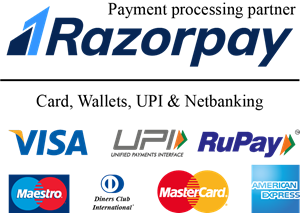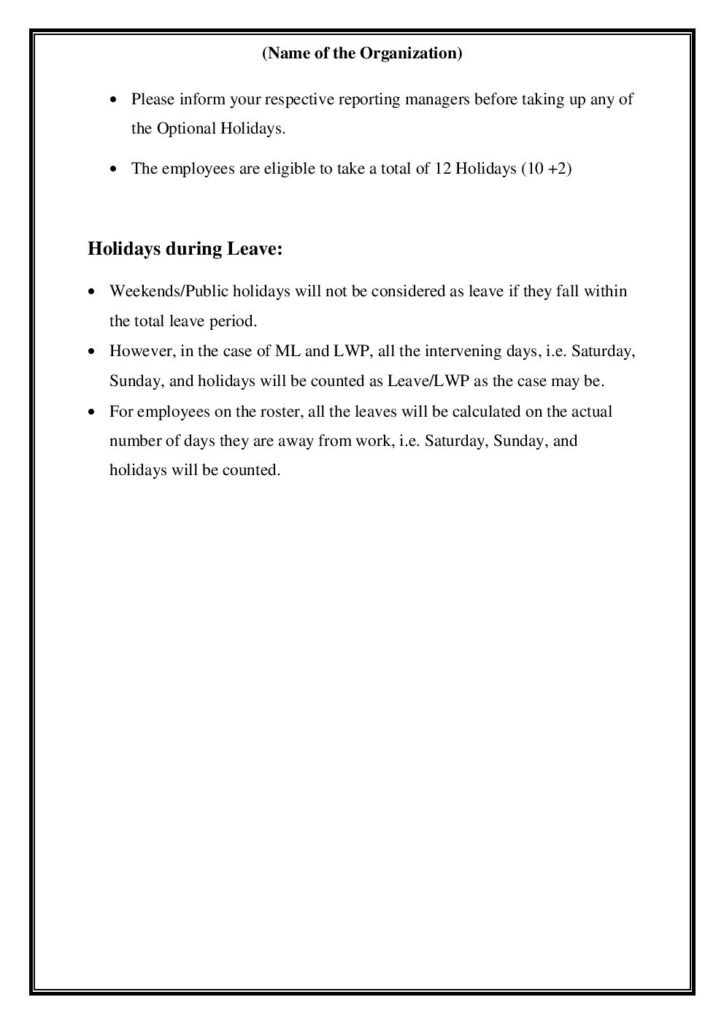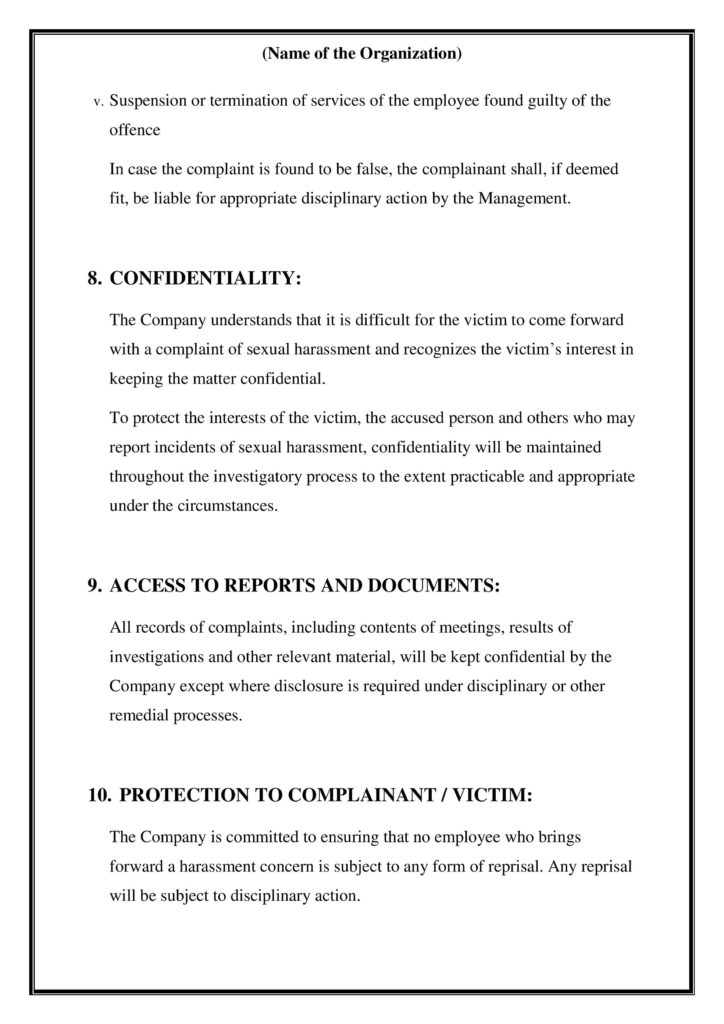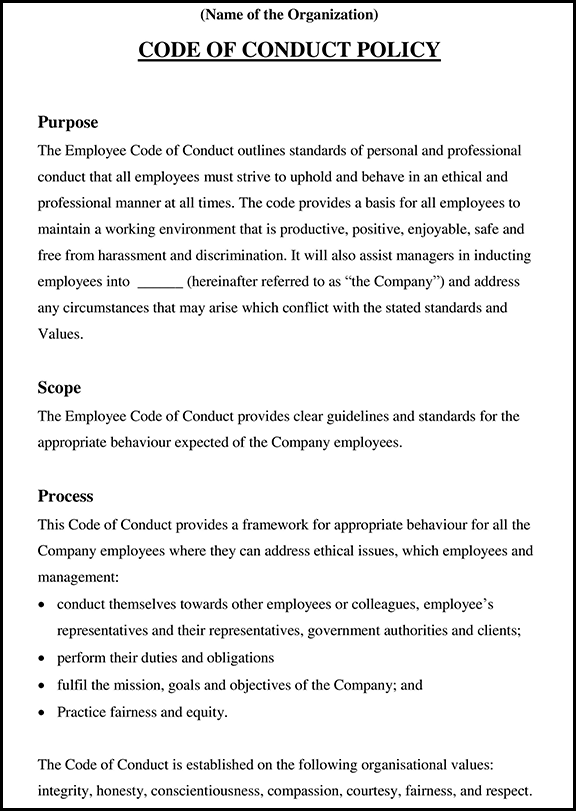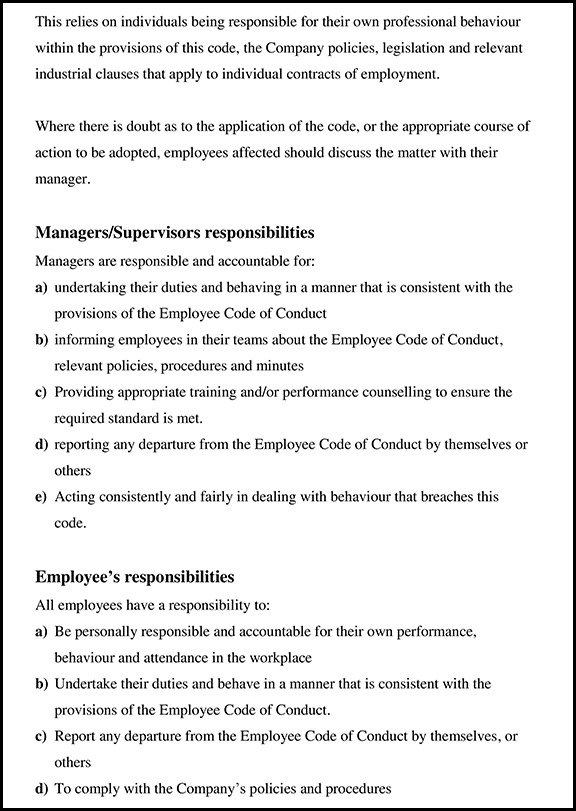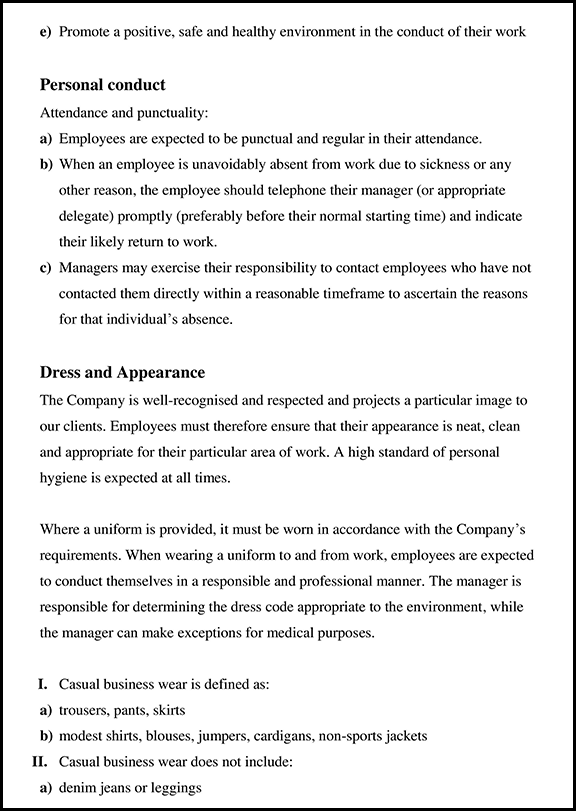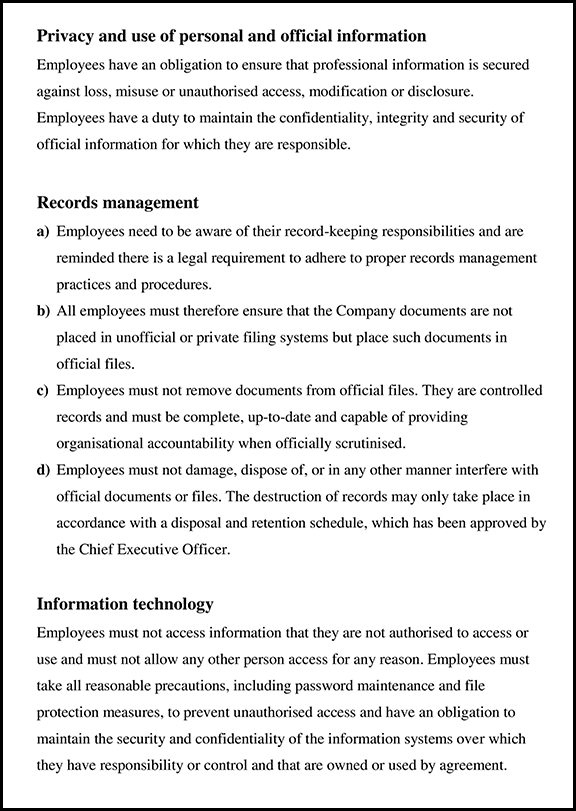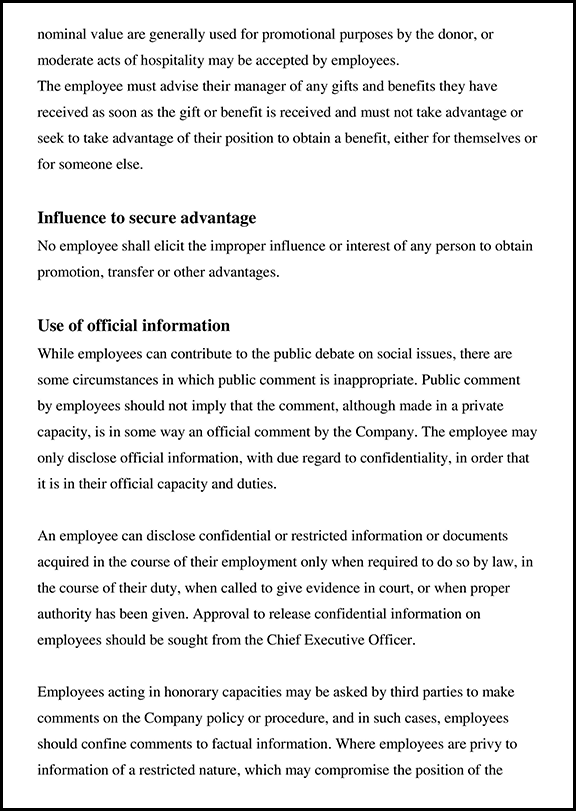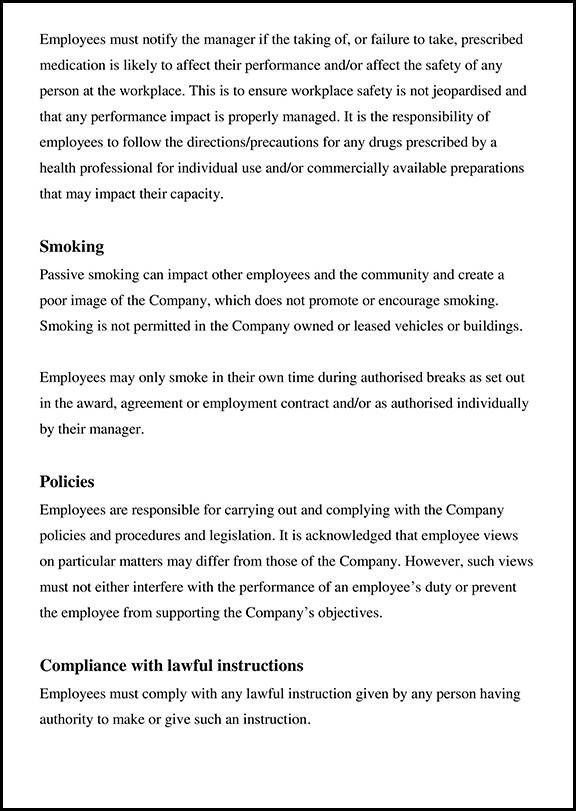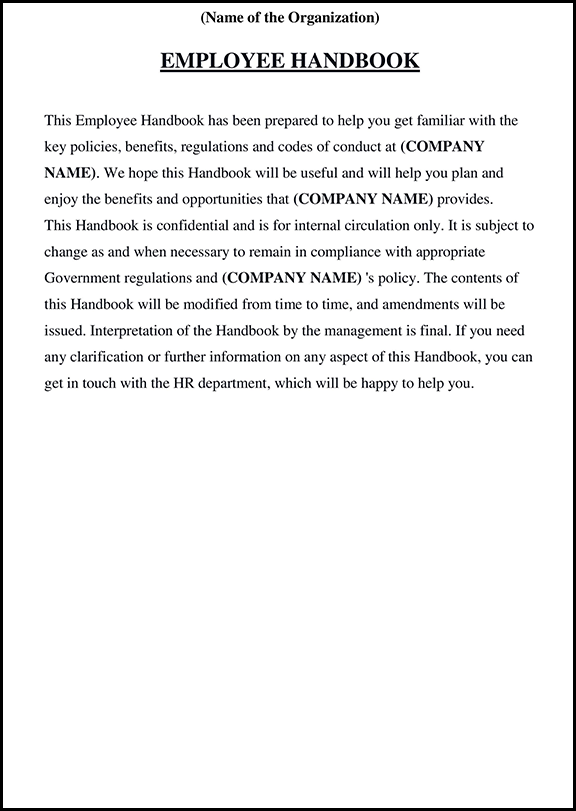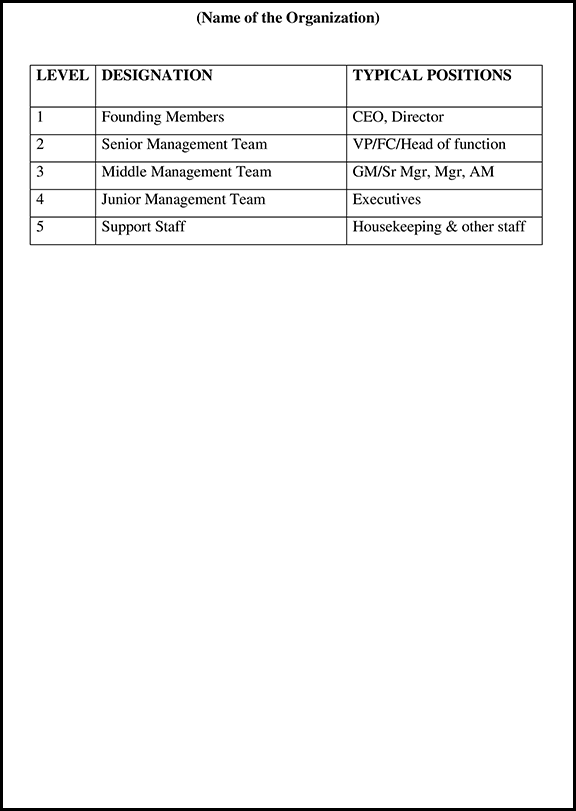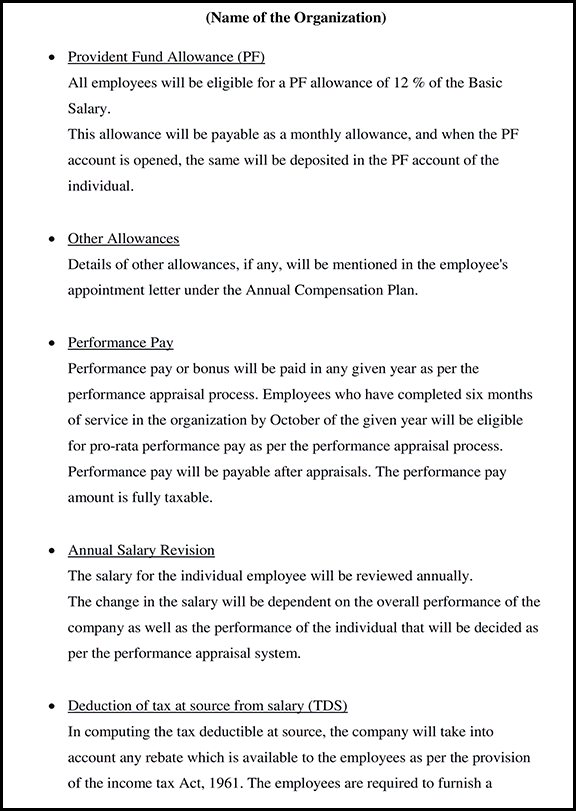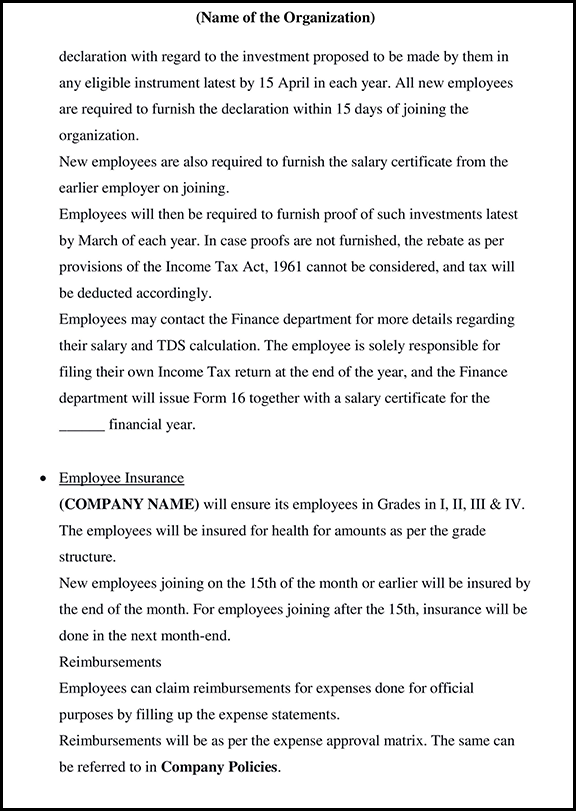Performance Review Evolution
Performance Review Evolution: SMART Goals and Engagement Dynamics
Step into a journey of discovery as we delve deep into the ever-evolving realm of performance reviews, where the fusion of SMART goals and engagement dynamics is orchestrating a paradigm shift in the pursuit of organizational excellence. In the midst of today’s cutthroat business arena, the significance of performance reviews has transcended their traditional identity as mere annual evaluations. Instead, they have emerged as formidable instruments that not only evaluate but fuel the fires of growth, synchronize aspirations, and cultivate the fertile ground of employee motivation. In this comprehensive article, we invite you to accompany us on an exploration of transformative strategies that encompass the revolutionary landscape of OKRs (Objectives and Key Results), the boundless potential inherent in SMART goals, the dynamic interplay between engagement and performance, and the indispensable bridge between the onboarding process and the alignment of objectives.
SMART Goals for Stellar Performance: Inspiring Employee Excellence
The SMART framework has emerged as a beacon for steering employees toward exceptional performance in the context of performance reviews, providing a roadmap for goal-setting that leaves no room for ambiguity:
1. Specific Clarity
Performance review SMART goals are characterized by their specificity. These goals leave no room for misinterpretation, outlining precisely what is to be achieved within the review period.
2. Measurable Progress
The framework emphasizes quantifiable metrics for performance reviews, allowing employees to objectively track their progress and celebrate milestones achieved in alignment with their goals.
3. Attainable Ambition
SMART performance review goals strike a balance between setting ambitious targets and ensuring they are attainable. This approach motivates individuals to stretch their capabilities while maintaining a sense of feasibility.
4. Relevance in Context
Each SMART goal within the performance review framework is contextualized within an employee’s role and aligns with the broader organizational objectives. This alignment ensures that individual efforts contribute meaningfully to the company’s overall success.
5. Time-Bound Urgency
Time-bound goals within the performance review context infuse a sense of urgency, promoting focused efforts and preventing procrastination. These goals provide a clear timeframe for achieving milestones, enhancing accountability and progress tracking.
Goal-Setting Revolution: Incorporating OKRs in Performance Reviews
In the dynamic realm of performance reviews, an extraordinary revolution in goal-setting is unfurling, and at its heart lies the compelling methodology of Objectives and Key Results (OKRs). This transformation is redefining the very fabric of how organizations conceptualize and chase after success, infusing the performance review process with newfound vigor and purpose.
Delve deeper into the essence of OKRs, and you’ll discover a meticulously crafted framework designed to breathe life into the goal-setting process. Objectives take center stage, serving as the vivid markers of what needs to be achieved. They paint a clear and compelling picture of where the organization aims to go. Nestled alongside these objectives are the Key Results—quantifiable milestones that provide a tangible measure of progress. These results not only define the path but also illuminate the journey toward realizing the larger vision.
The significance of OKRs goal setting resonates beyond the confines of isolated objectives. By integrating OKRs into the very heart of performance reviews, organizations forge a direct and potent connection between individual aspirations and the panoramic vision of the company. This alignment ignites a symphony of cohesive efforts, channeling the energy and ambition of every team member toward the overarching organizational mission. OKRs, in this context, transcend mere targets; they become the threads that weave together the fabric of collective purpose.
An inherent strength of OKRs lies in their adaptability and agility. In a business landscape that’s in perpetual flux, OKRs offer a dynamic framework that can pivot as priorities shift. This flexibility ensures that the objectives remain attuned to the evolving demands of the market, enabling organizations to stay nimble and responsive.
Engagement Synergy: Linking Performance Reviews to Employee Motivation
Performance reviews possess the latent power to ignite both employee motivation and engagement, acting as catalysts for a harmonious workplace. By intertwining feedback and inspiration, organizations sow the seeds for a culture of continuous growth.
1. Constructive Feedback
Performance reviews deliver constructive feedback that not only serves as a motivator but also sparks employee engagement. This feedback empowers employees to improve and enhances their sense of direction within the organization’s larger goals.
2. Acknowledging Achievements
Recognizing accomplishments during performance reviews fosters a culture of appreciation, reinforcing the idea that individual contributions are valued. This acknowledgment goes beyond motivation; it is a cornerstone of nurturing employee engagement.
3. Tailored Skill Growth
Within these reviews, the spotlight on skill gaps and areas for development aligns with individual aspirations. This process lays the foundation for personalized skill enhancement plans that resonate with employees, promoting their professional growth while boosting engagement.
4. Cultivating Bonds
Employee-manager interactions during performance reviews establish open lines of communication that foster a sense of belonging and commitment. These interactions go beyond numbers and metrics, reinforcing trust and strengthening engagement through meaningful dialogues.
Objective Alignment: Fusing Performance Goals with Onboarding
The integration of performance goals and onboarding paves the way for a seamless, aligned employee experience that sets the stage for sustained success:
1. A Unified Transition
Performance goals seamlessly blend into the onboarding process, ensuring that employees comprehend their role and responsibilities from the outset.
2. Long-Term Vision
The onboarding phase charts the course for an employee’s tenure. Aligning onboarding with performance goals ensures a cohesive journey toward accomplishment.
3. Ownership and Growth
Linking performance goals with onboarding employees are empowered to take charge of their own professional development, fostering a growth-oriented mindset.
4. Early Momentum
Aligning goals with onboarding leads to early successes, fueling motivation and setting a positive tone for engagement and commitment.
Conclusion: Navigating the Performance Review Paradigm
As the performance review landscape continues to reshape, the amalgamation of SMART goals and engagement dynamics emerges as a compelling strategy to propel organizational excellence. By seamlessly integrating OKRs, harnessing the SMART framework, nurturing engagement dynamics, and synchronizing objectives with onboarding processes, organizations pave the road to unparalleled success.
Embrace this evolution with enthusiasm and unwavering dedication, recognizing that performance reviews are not isolated instances but integral elements of a comprehensive growth strategy. As you wholeheartedly embrace these strategies, you aren’t merely fine-tuning performance; you’re nurturing a culture of innovation, fostering deep engagement, and empowering every individual within your organization.
The potential of objective-driven growth is transformative, leaving an indelible impact on your workforce and the very trajectory of your organization. Here’s to a future defined by resounding achievements, continuous growth, and an unwavering commitment to the pursuit of excellence. May these strategies steer you toward a horizon brimming with promise and success!





